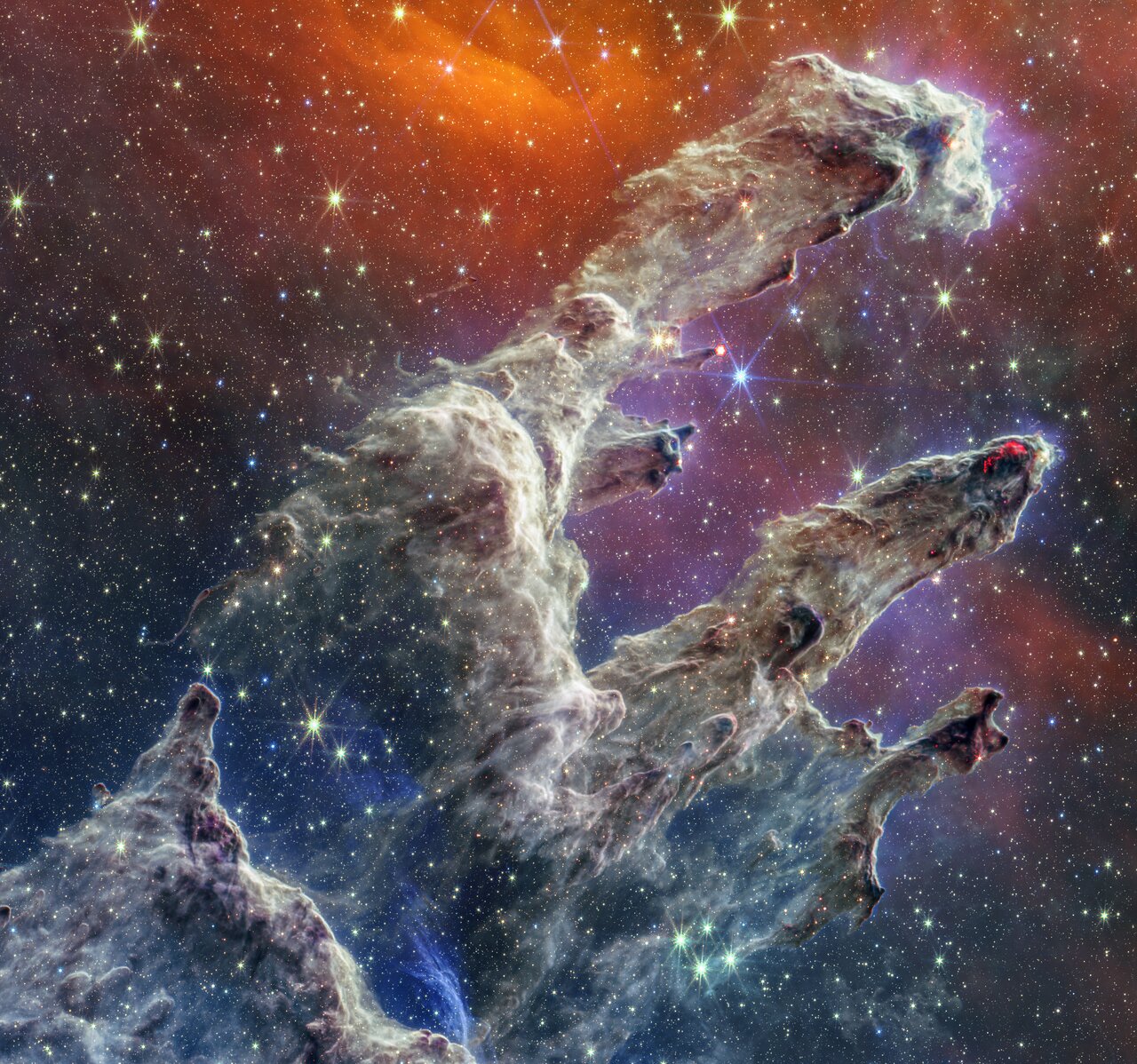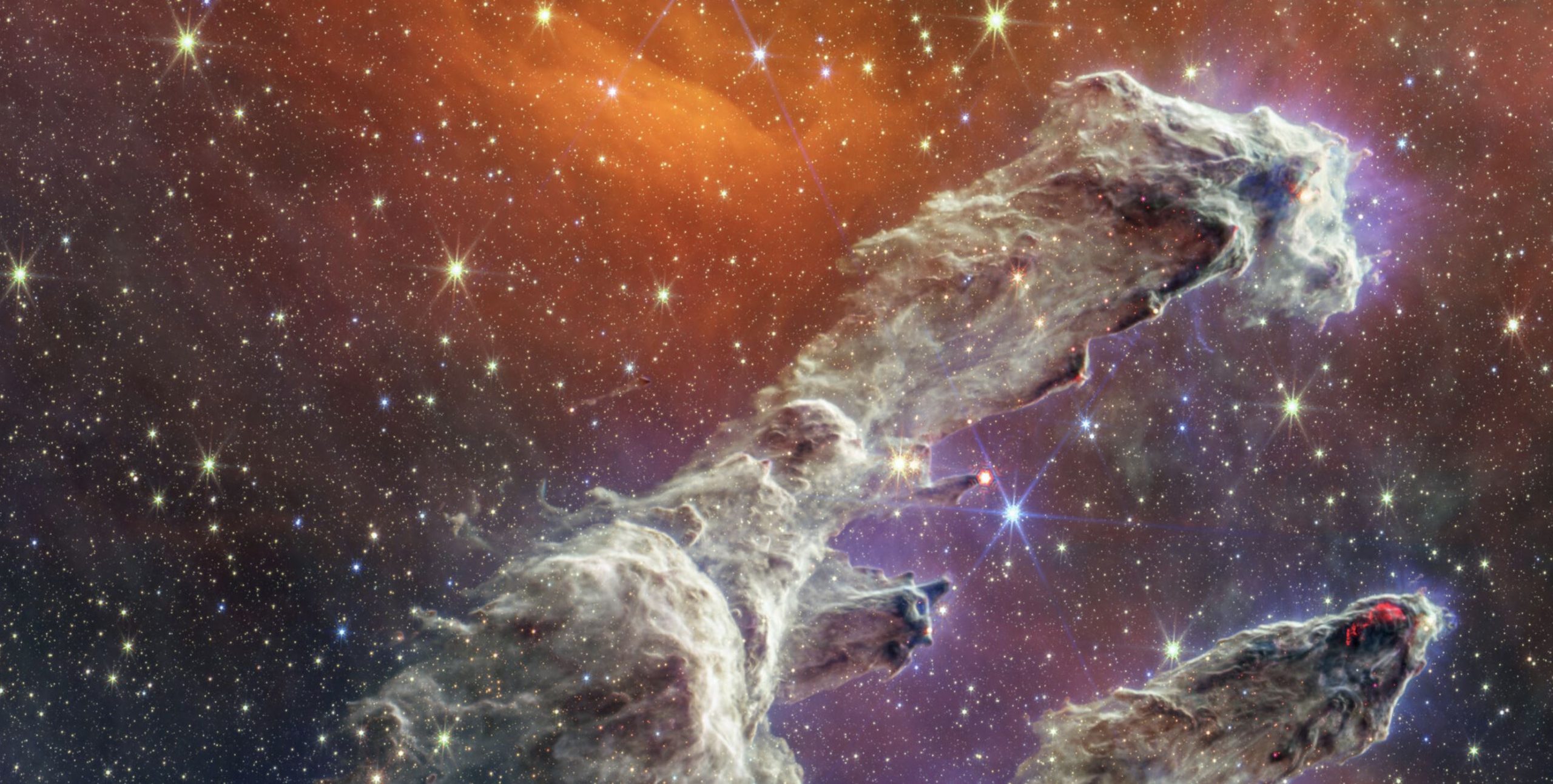As Professor Avi Loeb explains in his latest Medium post, the Sun and its planets are not stationary in space—they move through the Milky Way, encountering different cosmic environments along the way. New research suggests that around 10 million years ago, Earth may have been exposed to a surge of high-energy particles due to a dramatic shift in the Sun’s protective magnetic bubble. Could this celestial event have left a lasting imprint on our planet?
The Solar System is enveloped by the heliosphere, a vast, magnetic shield created by the solar wind. This protective barrier blocks many high-energy cosmic rays originating from distant supernovae and other violent astrophysical events. However, data from NASA’s Voyager 1 and 2 spacecraft, which crossed the outer boundary of the heliosphere—the heliopause—between 2018 and 2019, revealed a striking increase in cosmic-ray intensity beyond this boundary.
Scientists now propose that our Solar System may have passed through a dense interstellar cloud in the distant past, compressing this protective shield to a fraction of its current size. If this occurred, Earth could have been directly exposed to a significant influx of cosmic radiation.
Tracing the Evidence on Earth
A recent study led by Dominik Koll and published in Nature Communications provides potential evidence for this event. The research found an unusual 70% spike in the production of the isotope beryllium-10, a cosmic-ray byproduct, in deep-sea ferromanganese crusts of the Pacific Ocean. This anomaly, recorded between 9 and 11.5 million years ago, suggests that Earth may have encountered an extreme increase in cosmic radiation.

What could have caused this? While supernovae explosions and gamma-ray bursts are known sources of high-energy cosmic rays, their patterns do not align with the extended period of increased beryllium-10 levels. Instead, researchers propose that a massive interstellar cloud may have temporarily compressed the heliosphere, allowing more cosmic rays to reach Earth.
A Giant Molecular Cloud in the Solar System’s Path
Based on the data, scientists estimate that the suspected interstellar cloud spanned approximately 50 light-years and contained several hundred thousand times the mass of the Sun. At the time of Earth’s exposure, this cloud would have been located about 400 light-years away. These characteristics are strikingly similar to known giant molecular clouds—the cradles of star formation in the Milky Way.
Professor Avi Loeb, along with researchers Merav Opher and Josh Peek, previously explored the possibility that the Solar System passed through a smaller interstellar cloud only 2–3 million years ago. However, the new findings suggest that the earlier event, 10 million years ago, may have been far more significant. Since molecular clouds are short-lived and often disperse due to stellar winds and supernova explosions, the cloud responsible for this event may no longer exist. Yet, its impact might still be preserved in Earth’s geochemical record.
Could This Event Have Influenced Evolution?
The discovery raises intriguing questions about the long-term consequences of cosmic radiation exposure. Did increased cosmic-ray bombardment trigger climatic shifts or even influence biological evolution on Earth?
The timing is noteworthy—humans appeared on the scene only a few million years after this event, and recorded history spans just 8,600 years. While speculative, it is possible that such cosmic encounters played a role in shaping the conditions necessary for life as we know it.
Future studies of deep-sea sediments and other geological records could provide more clues about how past cosmic events shaped our planet. As our understanding of the Solar System’s journey through space improves, we may uncover more hidden chapters of Earth’s history—ones written not in ink, but in the cosmic particles that have shaped our world for billions of years!











